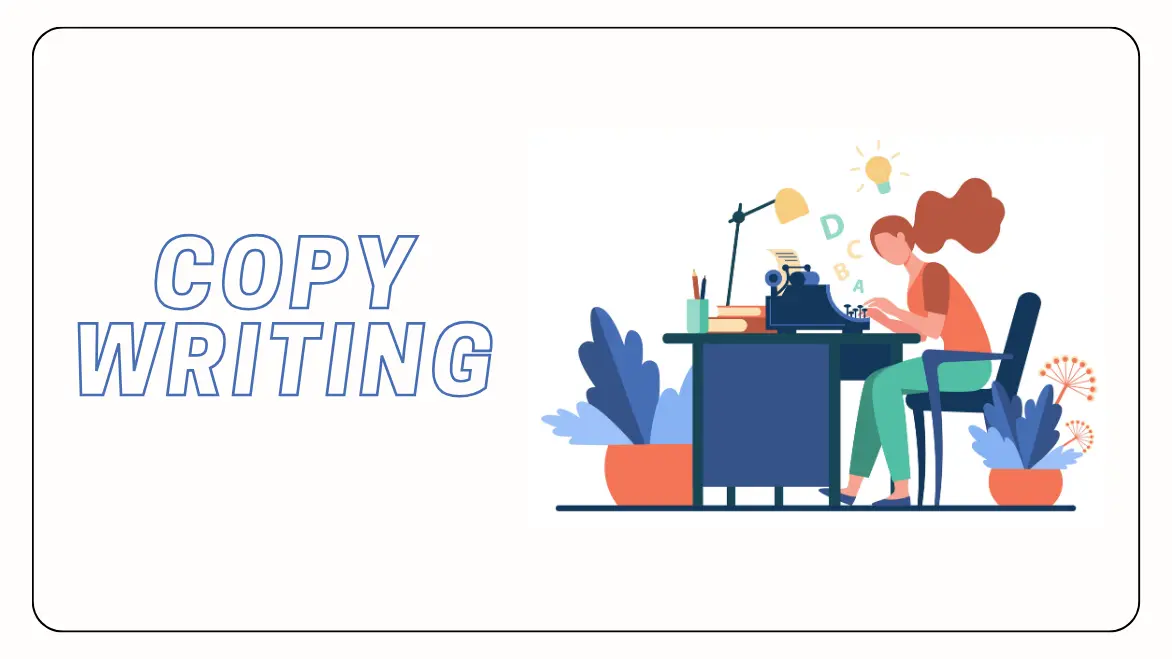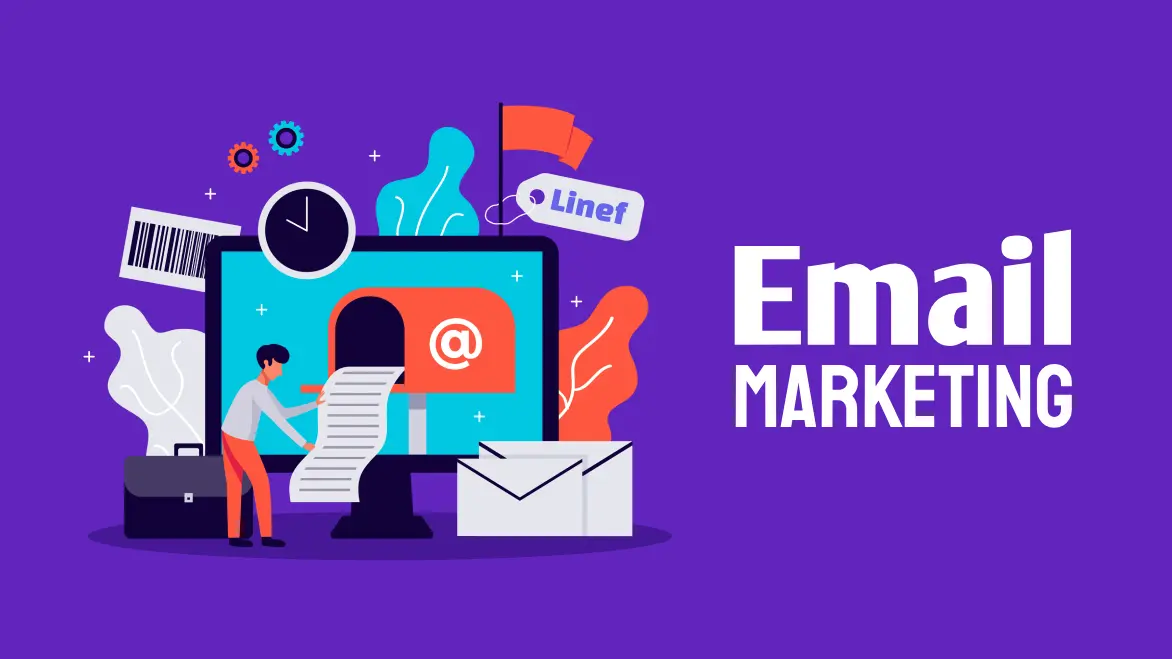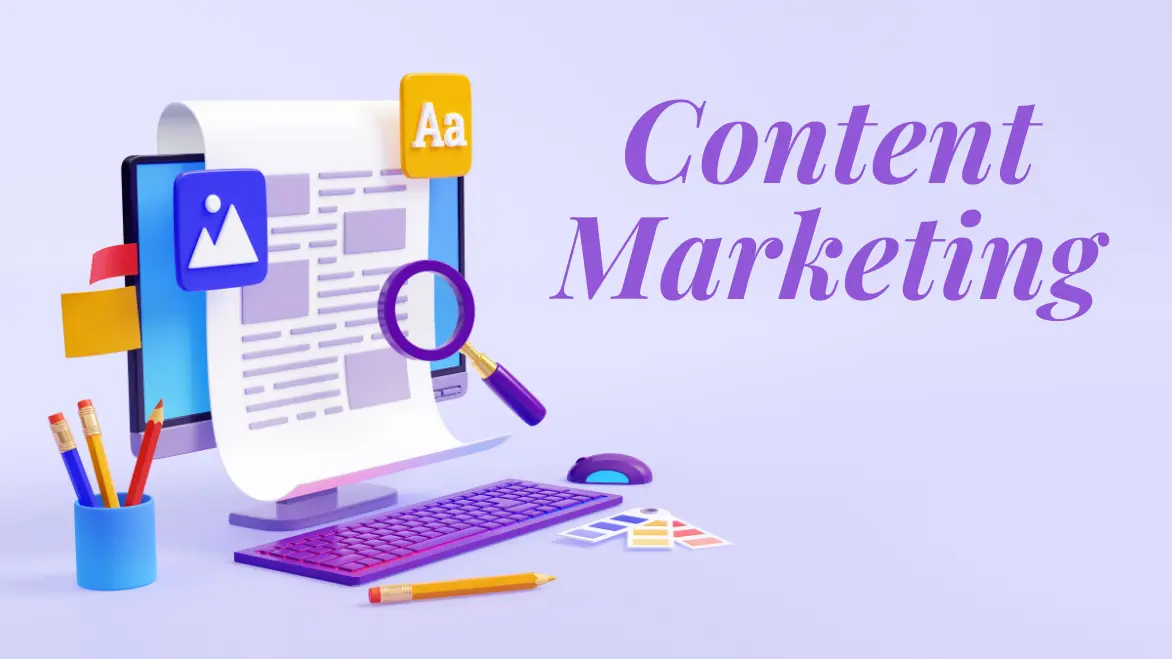This tool is known as copywriting, and it’s a fundamental aspect of creating effective communication that resonates with audiences and achieves business goals. Whether you’re crafting a captivating headline for a billboard, composing an influential email campaign, or scripting a memorable television commercial, copywriting is at the core of it all.
What is Copywriting?
At its core, copywriting is the art and science of using words to persuade, inform, and engage an audience. It’s not just about stringing words together; it’s about understanding the psychology of the target audience and tailoring the message to meet their needs and desires. Copywriting is present in various forms, from advertisements and sales pages to social media posts and product descriptions. Its primary purpose is to drive a specific action, whether that’s making a purchase, signing up for a newsletter, or simply gaining awareness about a brand.

The Role of Psychology
Effective copywriting hinges on a deep understanding of human psychology. Copywriters need to tap into the emotions, desires, fears, and aspirations of their target audience. By doing so, they can create messages that resonate on a personal level, leading to higher engagement and conversions.
One psychological principle commonly used in copywriting is the concept of “FOMO” or the “Fear of Missing Out.” People are more likely to take action if they feel like they’re missing out on something valuable. Skillful copywriters play into this fear by crafting messages that highlight the unique benefits of a product or service, emphasizing its exclusivity or time-limited nature.
The Elements of Compelling Copywriting
Great copy is more than just words; it’s a strategic combination of elements that work together to convey a message effectively. Here are some key elements of compelling copywriting:
Headline: The headline is often the first thing a reader sees, so it needs to grab attention immediately. It should be concise, clear, and intriguing, encouraging the reader to continue reading.
Clarity: Clear and concise writing is essential. Complex jargon and convoluted sentences can confuse readers and drive them away. Copy should be easy to understand even for someone with no prior knowledge of the topic.
Benefits Over Features: Rather than just listing features, effective copy focuses on the benefits a product or service brings to the customer’s life. How can it address their concerns and meet their desires?
Storytelling: Humans are wired to connect with stories. Incorporating storytelling into copywriting can make the message more relatable and memorable.
Call to Action (CTA): A CTA is a clear instruction telling the reader what to do next. Whether it’s “Buy Now,” “Learn More,” or “Subscribe,” a compelling CTA is essential for guiding the reader’s actions.
Social Proof: People often look to others for validation. Including testimonials, reviews, or statistics can build trust and credibility.
Emotional Appeal: Connecting with emotions can create a strong bond with the audience. Whether it’s joy, empathy, nostalgia, or even a touch of humor, emotions make the message more memorable.
Tailoring Copy to Different Mediums
Different mediums require different approaches to copywriting. For example:
Print Ads: Print ads have limited space, so copywriters must condense their message into a few impactful words. The headline and imagery need to work seamlessly to convey the message.
Digital Ads: In the digital realm, copywriters need to contend with short attention spans. Concise and attention-grabbing copy is crucial, along with a strong visual presence.
Email Campaigns: Email copy should be personalized, addressing the recipient’s pain points and offering solutions. A well-crafted subject line is vital to ensure the email gets opened in the first place.
Social Media: Copy for social media platforms should be concise, engaging, and relevant to the platform’s culture. Hashtags, emojis, and visuals play a significant role in capturing attention.
Long-Form Content: Blogs, articles, and whitepapers allow for more in-depth exploration of topics. Here, copywriters can delve into storytelling, present research, and provide value through informative content.
The Iterative Process
Copywriting is rarely a one-and-done task. Successful copy often goes through multiple iterations, with each version refined based on feedback and testing. A/B testing, where two versions of the same copy are compared to see which performs better, is a common practice in the world of copywriting. This iterative process ensures that the final copy is highly effective in achieving its intended goals.
Ethics in Copywriting
While the primary aim of copywriting is to persuade, ethical considerations are paramount. Copy should never deceive or manipulate the audience. Transparency about product features, pricing, and terms is crucial to building trust with customers. Misleading or false information can lead to short-term gains but can severely damage a brand’s reputation in the long run.
The Future of Copywriting
As technology continues to evolve, so does the landscape of copywriting. With the rise of AI and machine learning, there’s a growing trend in automated copy generation. However, while AI can generate text, it often lacks the emotional intelligence and creativity that human copywriters bring to the table. The role of a human copywriter extends beyond mere word generation; it involves understanding nuances, emotions, and cultural contexts that AI might struggle with.
In conclusion, copywriting is an intricate blend of art and science that wields the power to influence opinions, drive actions, and shape brand identities. By understanding the psychology of audiences, mastering key elements, and adapting to various mediums, copywriters create messages that resonate and leave a lasting impact. As the marketing landscape evolves, copywriting remains a timeless skill, adapting to new technologies while maintaining its core purpose: connecting with people through the written word.




